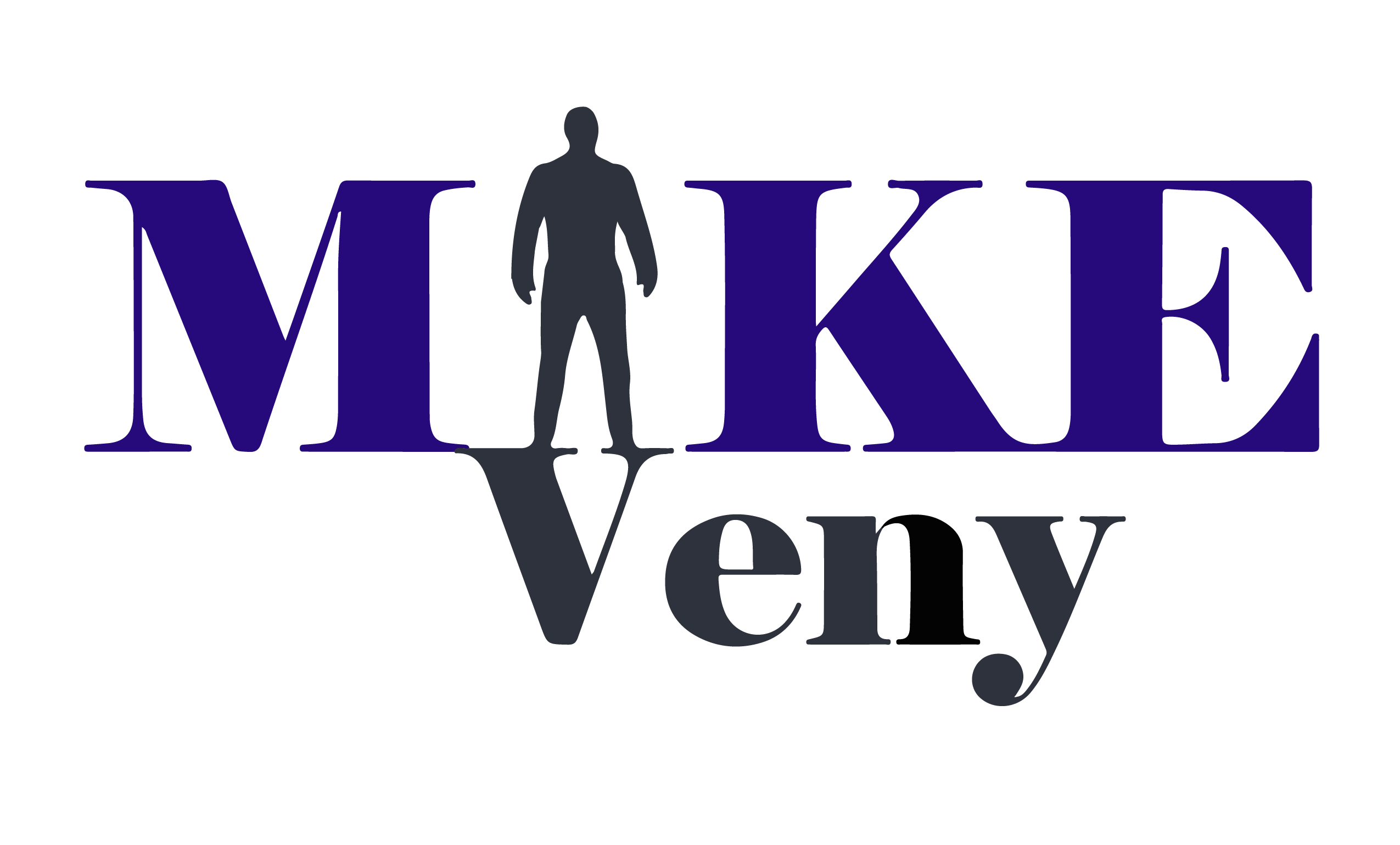
The miraculous healing of the nation and pandemic didn’t come with the arrival of 2021 even though we crossed our fingers, hoped, prayed, and did every special dance we could think of to bring it about. Remote work is continuing for many. We’re in desperate need of healing the division between groups—racial, political, [go ahead and fill in just about any other groups with differing opinions]. And all of this has led to a massive influx of mental health challenges. It’s impacting people on a personal and professional level.
It’s time to take action.
The employee mental health crisis
The impact of the pandemic on employees is causing mental health and wellness to decline in the workplace pretty much across the board. It’s something companies can’t afford to ignore any longer.
But here’s where the bigger problem comes into play. Mental health has been somewhat of a taboo topic in the past, especially in the workplace. While mental health advocates, like myself, have been working to transform the stigma surrounding the topic, the goal wasn’t achieved prior to the pandemic. That means we’re now facing a society of people struggling at levels we haven’t seen before in our generation. And the knowledge and support around the topic is lacking for people to get the help they need.
Navigating the “right” way to address mental health and wellness challenges with people still feels uncomfortable and awkward.
But it’s time to get comfortable with being uncomfortable, embrace the awkwardness, and jump in with both feet. Employees NEED their employers to talk about and address the stress, anxiety, and trauma people are experiencing.
What the numbers are saying
I know it’s one thing to hear there is a problem, but seeing the numbers behind the crisis helps paint a more accurate picture.
Here are some of the latest statistics I see coming across my screen each day:
- There has been a 62% decrease in employees’ focus since February 2020.
- 40% of employees are experiencing burnout and the majority of employees say their mental health has negatively impacted work performance during the pandemic.
- Between 22% and 35% of employees in the United States have symptoms of depression during the pandemic.
- People are 71% more likely to experience depression and 33% more likely to experience PTSD than pre-pandemic.
While the world can’t seem to agree with each other on many topics these days, the mental health crisis is one area where there is no arguing. The numbers speak for themselves and we’ve all experienced it in one form or another.
So, here are 10 things that employers can do to continue supporting employee mental health and wellness as we move forward:
Look for signs and symptoms during video calls
Virtual calls provide you with an ideal opportunity to visually analyze your employees for red flags indicating that they may be struggling with anxiety, depression, or other mental health and wellness challenges.
- Decrease in their engagement during meetings
- Change in their physical appearance
- It appears that they are distracted or having a hard time focusing
- Canceling meetings or forgetting to show up
If you see red flags, talk to your employees one-on-one and ask how they’re doing and if there is anything you can do to support them.
Encourage sick and mental health days
Prior to the pandemic, people often felt the pressure to show up to work even when they were feeling ill and should have been at home resting. Some took pride in never missing a day of work while others felt they would be judged harshly by management for calling in sick.
This problem has increased with many employees now working from home. It feels harder to call in sick when you’re working from home. Because they don’t have the fear of getting others sick in the workplace, they feel one of their legitimate excuses for not “showing up” at work is gone.
This is bad for both individuals and employers. When an employee is feeling sick but believes they need to continue to work, they’re not as productive and a lack of focus can lead to a decline in the quality of work. It also means the employee is not giving themselves the chance to rest, recover, and bounce back.
On top of the issues described above, when an employee feels the need to always be present at work, it can lead to distrust and resentment toward you, the employer.
Watch for when your employees are engaging
Are emails hitting your inbox at midnight from employees whose shifts ended at 5:00 p.m.? While you may be tempted to look at this favorably because it means the employee is going over and above for the company, if they’re doing this on a regular basis, it’s an indication they’re struggling with work-life balance.
Balancing work life and personal life has become more difficult now that both are taking place in the same location. While many employers initially worried about the way their personal life would spill into work hours, the trend has actually been the opposite. Employees have a harder time closing their laptops and transitioning to personal life when their shift is over.
If you notice employees working after hours, mention it to them and encourage them not to work during off-hours. The more you do this, the more they will start to believe you.
Set clear guidelines with salaried employees
More than hourly employees, salaried workers feel the need to always be present for their employer. And many employers have created this expectation even if they didn’t realize it. But there’s a big difference between having an employee be on call for emergency situations, or not having to punch in and out each day, and expecting them to check their email, and texts, and respond to regular work inquiries at all hours of the day.
As the employer, it’s your responsibility to set boundaries for your salaried employees. This will go a long way in building trust with your employees and showing them you support their mental health and wellness.
If you need to have someone on call at all times, rotate who is available so one person isn’t constantly burdened with the task. Enforce that each employee takes off a mental health day quarterly or even monthly. And question when you see them working outside of what is normal for their regular workday.
Cover the cost of mental health care
If your company has funds available, look for ways to increase your spending on health coverage for your employees, including mental health care. Get creative with the options if need be. For example, you could look at partnering with an online therapy company that has an app your employees could use to work one-on-one with a licensed therapist. There are many companies like this that exist.
Rethink your strategy for performance evaluations
I shared some of the statistics with you earlier and know you’ve most likely come across similar information. You’ve probably already noticed it in your workplace as well. Productivity has suffered this year across the board. It’s not just one employee and it’s not just one organization.
As you approach employee performance evaluations, keep in mind most employees aren’t sharing with you the real struggles they’re facing on a daily basis. It could be balancing the role of parents to children who are schooling from home along with their work schedule. It could be the fear of how to keep their bills paid because of reduced income. Or it could be they’re dealing with any number of other challenges in their life.
Here are some options HR departments are using during the ongoing pandemic:
- Cancel performance reviews – If you can’t find reasonable parameters to use right now, postpone or cancel the review.
- Do a simplified review – Make adjustments based on the specific situation your employees are working under right now.
- Opt for regular check-ins – Instead of doing an annual review, regular check-ins are often found to be more effective. Provide real-time feedback to employees so they can make adjustments as needed. Address situations as they happen instead of using an official review time.
It’s very apparent there isn’t a one-size-fits-all solution for performance reviews in general, let alone during a pandemic. Be creative and think about what makes the most sense for your company and your employees.
A quick note about raises
Along with performance evaluations generally come raises. If your company is in a financial position where you’ll be handing out raises this year, you might have to intentionally fight the misconception that remote workers aren’t working as hard as in-person employees. One survey found 64% of managers believed that to be true. However, it’s actually been found that remote workers are more likely to be the high-performers.
As you assign pay increases, make sure you’re fairly evaluating worker performance instead of operating on this misconception.
Take steps to invest in the “individual”, not just the “employee”
As an employer, you’re used to investing in your employees on a professional level. Helping them grow their skills and abilities in their career is important. But the workplace environment has shifted and it’s now expected that employers will provide better support for employees on a personal level as well.
I’ve said in the past that it was time for employers to reshape the “leave your problems at the door” mindset, and it’s even more necessary now.
Not only does this help the individual live a healthier life both mentally and physically, but it helps the bottom line of the company as well. One study found companies have 21% more high performers in their organizations when they focus on employee wellbeing in their personal lives compared to other organizations.
So if you’re not sold on supporting employee mental health for the sole benefit of your employee, do it for the positive impact it can have on your company.
Schedule call-free or meeting-free days
Zoom fatigue is real. While virtual meetings and phone calls are necessary to keep communication going strong while working remotely, it’s also exhausting. If you have any introverts on your team, these meetings can do a number on their energy level and mental health. They may experience anxiety before having to get on a call and may spend the entire call analyzing their appearance, movements, and responses.
Even those who aren’t introverts can relate to this.
Virtual meetings, while helpful, aren’t the same as in-person meetings. Some workplaces are adopting the practice of designating one day a week as a no-meetings day. This means everyone can enjoy the day knowing they don’t have to hop on a last-minute call, which can ease anxiety and stress for many.
Help normalize mental health support and conversations
Therapy is not just for people with diagnosable mental health disorders.
Television and media did a disservice to the mental health conversation for years by solely focusing on the role of a therapist interacting with someone with a mental health disorder who ended up being violent or dangerous.
Even if you look at the portrayal of those who don’t fit into the “violent” category, you’re left with movies like What About Bob?
This leaves people feeling like therapy is only for those with “real problems”. But the truth is, that therapy is for everyone because we all have real problems. Every employee is going to deal with anxiety, stress, and other challenges like grief or trauma in their life. A therapist is able to work with ANYONE to help them learn strategies that help them in life. Therapy is not just about mental health disorders.
2021 is the year for employers to step into the conversation to help normalize getting support for the daily mental health and wellness challenges employees face. This is anticipated to be one of the big HR trends of 2021, but my hope is that it’s so much more.
My hope is employers will take this seriously instead of looking at supporting employee mental health as one more thing to cross off their list. I anticipate we’ll see a noticeable difference between the companies that take meaningful action in 2021 vs those that continue with lip service.
Provide access to mental health and emotional wellness training
Don’t worry, HR leaders aren’t expected to be mental health and wellness professionals. There are plenty of ways you can provide training and resources to employees without creating it yourself.
As a Certified Corporate Wellness Specialist and Mental Health Speaker, this is something I’m strongly passionate about. Here are some of the resources and training I provide for organizations across the globe.
- Virtual or in-person presentations: Transforming Stigma® in the Workplace and How to Find Peace in Times of Uncertainty. Each presentation is customized to a specific audience.
- Ultimate Guide to Self-Care: The guide walks employees through creating a self-care routine with actionable steps that deliver life-changing results.
- The 30-Day Self-Care Plan: Employees receive a step-by-step process that helps them recharge their mental and emotional health.
- Ignite Mini Course: This is a simple way to provide your employees with actionable steps they can use to create a self-care routine in their life. (Includes access to the Ultimate Guide to Self-Care and the 30-Day Self-Care Plan.)
Where should you start?
Supporting employee mental health and wellness feels like a big task. I encourage you to choose one thing to focus on immediately in this area. And it could be as simple as testing out one of the resources above for yourself. Not only will this give you a good indication of how it will help employees, but it will help you address your stress, overwhelm, and burnout as well.
Don’t put pressure on yourself to solve all of the workplace mental health challenges yourself. That’s not your role. I don’t want you to feel the weight of the world on your shoulders. While you can’t “fix” all the challenges alone, you can play an important role in helping to support your employees. And the fact that you’ve made it to the bottom of this article shows that you care.
Thank you for the work that you do and the effort you’re making for your team!


![FUN Breakout Session for Corporate Events: Interactive DRUMMING [2024]](https://mikeveny.com/wp-content/uploads/2024/01/maxresdefault-2-400x250.jpg)
